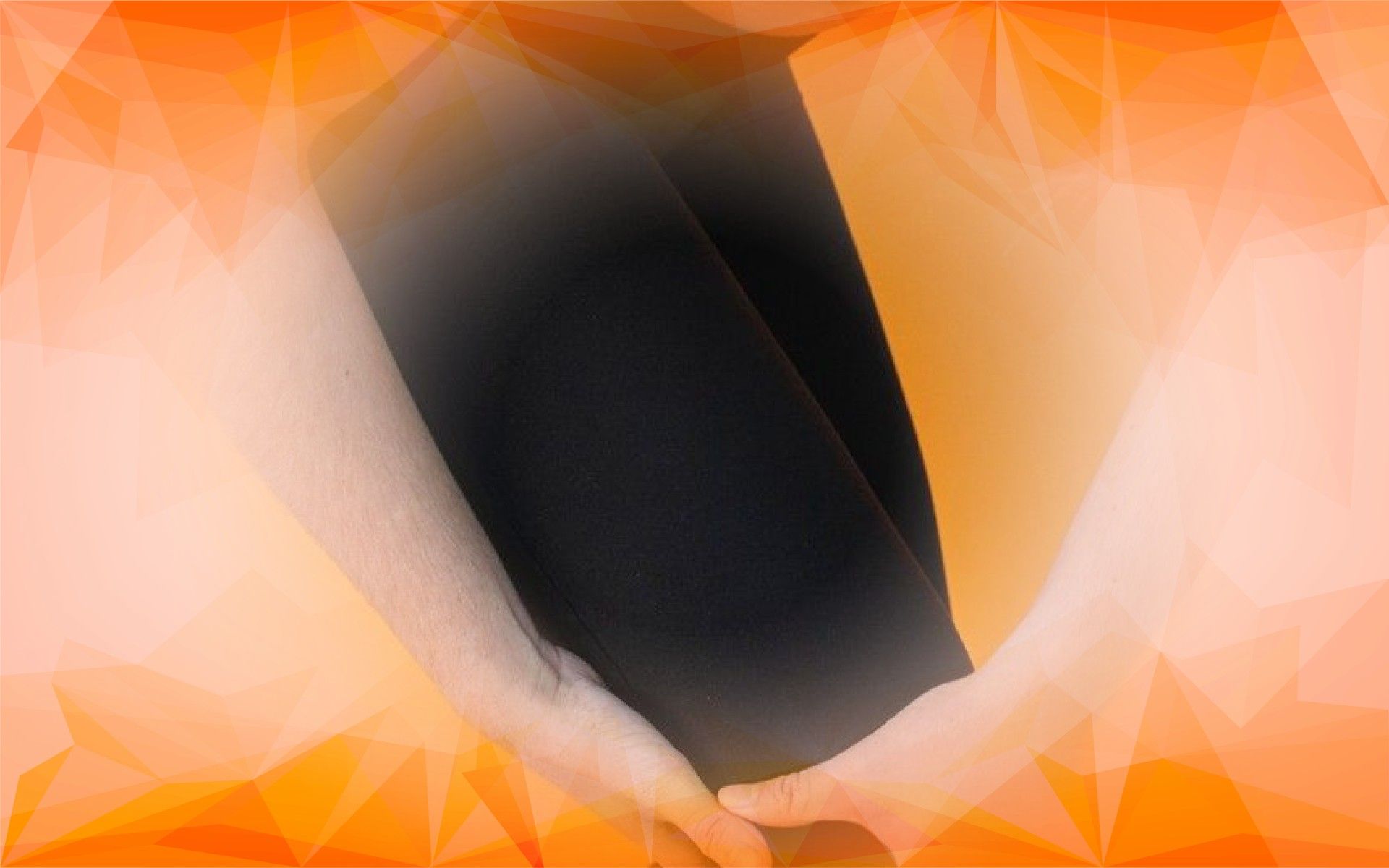Introduction
Knee osteoarthritis is a widespread joint condition that occurs when the cartilage cushioning the knee gradually wears away. This leads to pain , stiffness, and trouble moving the joint—issues that can greatly affect daily life, particularly for older adults. While there’s no cure, research overwhelmingly supports the role of well-designed, low-impact exercise programs in reducing symptoms and improving knee function . These exercise routines work by enhancing biomechanics—how your knee moves and handles weight. By optimizing the way forces pass through the joint, exercise can help relieve pain and protect the knee from further damage. In this article, we’ll explore the latest research and practical advice for using exercise to manage knee osteoarthritis , aimed at patients, caregivers, and healthcare professionals alike.
How Exercise Helps Knee Osteoarthritis: The Science Behind It
Study after study has shown that the right exercises can reduce pressure on the knee joint, especially the inner side, which tends to bear the most stress in osteoarthritis . A key factor is the “ knee adduction moment,” a term that describes the amount of force pushing the knee inward during activities like walking. Lowering this force translates to less wear and tear on the most damaged part of the knee .
Strengthening the muscles around the knee —like the quadriceps at the front of the thigh and the hamstrings at the back—acts like a support system that absorbs shock and spreads forces more evenly as you move. Exercise also sharpens proprioception , your body’s ability to sense where your joints are and move them safely. Neuromuscular training (exercises that improve communication between your brain and muscles) has been shown to reduce pain and help with knee stability . Taken together, the scientific evidence is clear: exercise is safe, effective, and should be a priority in managing knee osteoarthritis . However, one major challenge is that many people find it hard to stick with exercise over time.
Effective Exercise Approaches for Knee Osteoarthritis
Low-Impact Aerobic and Strength Training
Low-impact aerobic activities—like cycling, walking, or water-based exercises—are great options because they boost fitness without putting too much stress on your knees. For instance, a stationary bike allows for smooth, controlled movement that strengthens leg muscles, while aquatic exercises use water’s buoyancy to support your body weight and minimize joint pressure. Regular strength training for the muscles around your knees and hips further stabilizes the joint and protects it during daily movement. These types of exercises not only improve mobility and lessen pain, but may also slow down progression of the disease. Yet, consistency is crucial, and many people struggle to maintain a regular routine.
Neuromuscular and Balance Exercises
Balance and neuromuscular exercises are designed to improve muscle coordination and joint control, helping to fix unhealthy movement patterns. Think of it as upgrading your body’s “internal GPS” so your knee stays steady and aligned. Practical examples include standing on one leg, using a balance board, or performing slow, controlled lunges or step-ups. These exercises help your muscles respond more effectively, providing better protection for the knee. Research supports their role in reducing pain and improving functional movement, which is why physical therapists often include them in osteoarthritis treatment plans.
Home-Based and Gym-Based Exercise Programs
Whether you prefer working out at home or in a gym, both environments can support an effective osteoarthritis exercise routine. Home-based exercises such as leg lifts, mini squats, and step-ups—with or without resistance bands—target the muscles that support your knee. Gyms offer additional resources like specialized equipment and professional guidance, which can be especially helpful for those who want a more structured program. It’s important to avoid high-impact activities or deep knee bends, which can sometimes worsen symptoms. The most effective plan is usually a balanced mix of low-impact aerobic, strength, and neuromuscular exercises, tailored to your specific needs and capabilities. Healthcare professionals recommend a personalized approach, involving each patient in decision making and tracking progress over time.
Getting Started: Practical Tips for Safe Exercise
Starting a new exercise routine for knee osteoarthritis should be gradual and individualized. Begin with a gentle warm-up—such as 5 to 10 minutes of easy walking or cycling—to prepare your joints and muscles. Increase the intensity and duration of your workouts slowly, giving your body time to adapt. Pay special attention to exercise form, which ensures you’re moving safely and effectively. Setting realistic expectations—such as exercising three to five times per week for at least two to three months—can help you stay motivated and give your knees time to benefit.
If you’re just beginning, or you have severe pain or mobility limits, consult a healthcare professional or physiotherapist before starting any new program. Above all, consistency is the key: sticking with your routine over time offers the greatest benefits, including less pain and improved joint function.
Conclusion
Exercise is a powerful, evidence-based tool for managing knee osteoarthritis . By strengthening muscles, boosting balance and coordination, and improving the way you move, exercise can reduce pain and help you stay active. Following proven exercise strategies allows patients and caregivers to make real improvements in quality of life. Healthcare professionals play an essential role by customizing these plans to meet each person’s needs and monitoring progress along the way. With patience, support, and ongoing commitment, exercise can become a cornerstone of osteoarthritis care .
References
Marks, R. (2012). Knee osteoarthritis and exercise adherence: A review. Current Aging Science, 5(1), 72-83. https://doi.org/10.2174/1874609811205010072
Petrella, R. J. (2000). Is exercise effective treatment for osteoarthritis of the knee? British Journal of Sports Medicine, 34(5), 326-331. https://doi.org/10.1136/bjsm.34.5.326
Baker, K., & McAlindon, T. E. (2000). Exercise for knee osteoarthritis. Current Opinion in Rheumatology, 12(5), 456-463.




